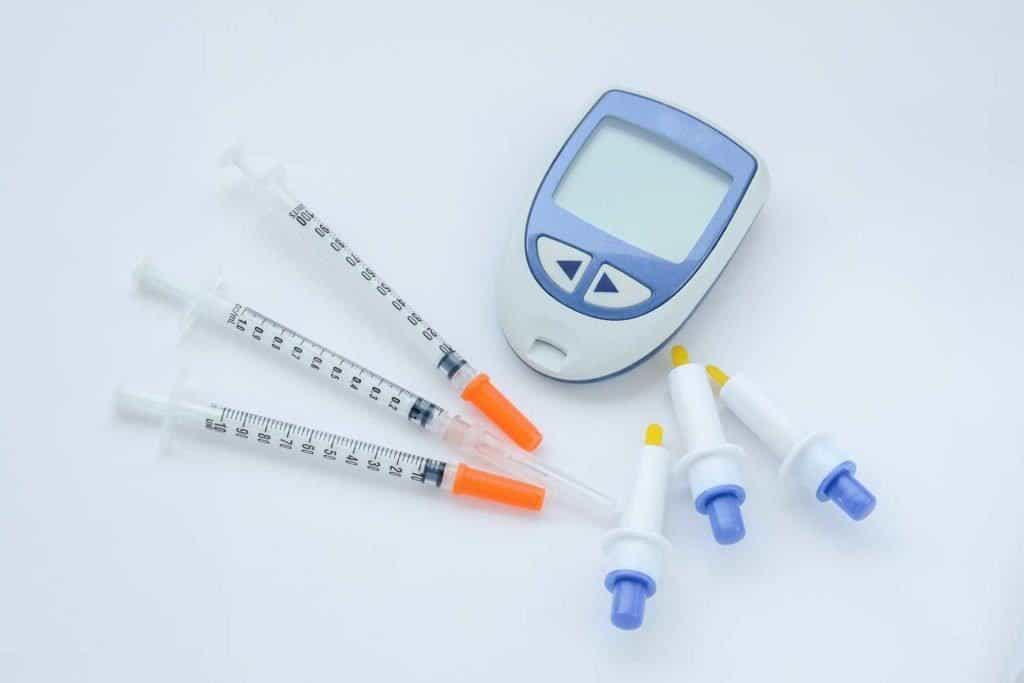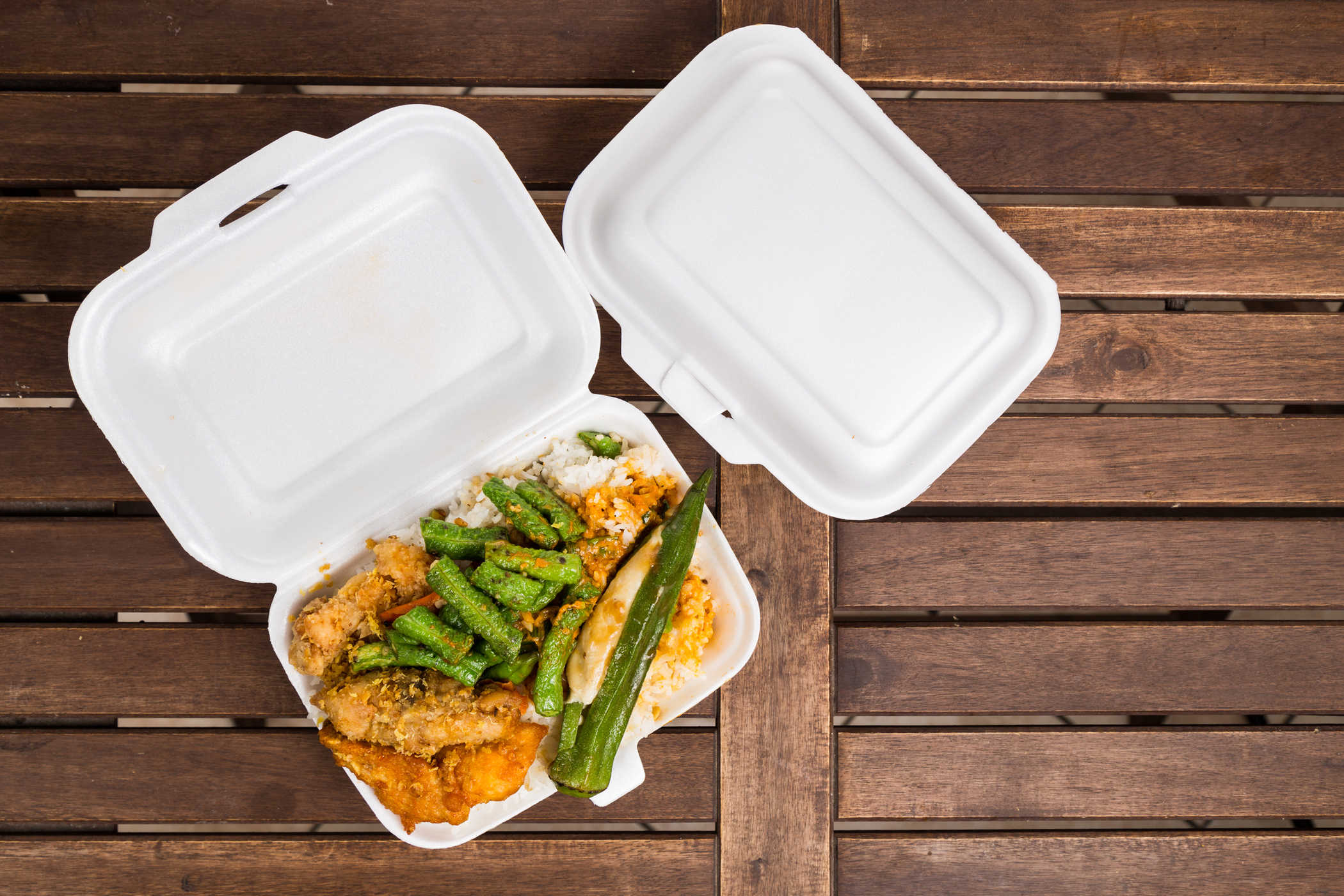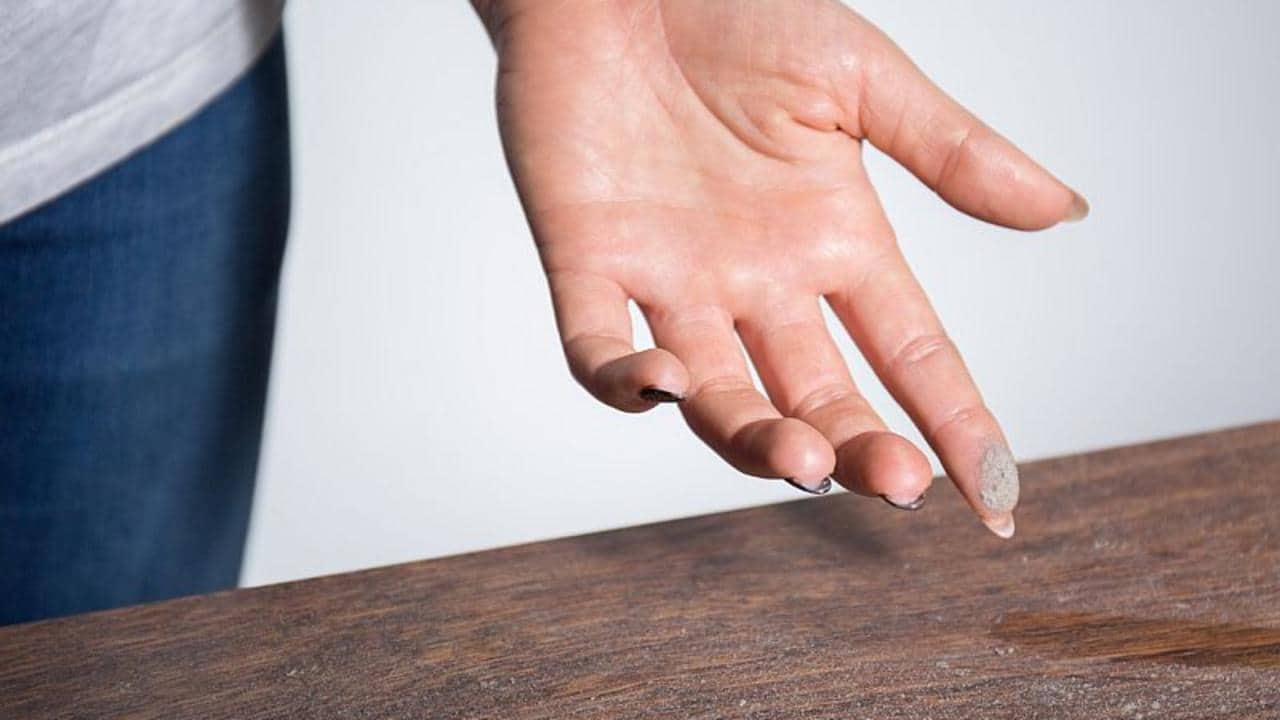Contents:
- Medical Video: Insulin Pumps and Sensors: Treating Diabetes with Technology at Mayo Clinic
- How does the insulin pump work?
- Tips for using an insulin pump
Medical Video: Insulin Pumps and Sensors: Treating Diabetes with Technology at Mayo Clinic
An insulin pump can help adjust insulin to your lifestyle, compared to injecting insulin and adjusting your life by the way insulin works in the body.
The insulin pump is in the form of a small electronic device the size of a cellphone. This pump is easy to carry, hooked on a belt, or stored in a pants pocket. This pump will deliver insulin into your body that reacts quickly through a small flexible tube (catheter) under the skin of your stomach and stored in its place.
The insulin pump delivers insulin little by little, just like the normal pancreas works. By using an insulin pump, you don't have to bother measuring the dosage every time you inject insulin.
The insulin pump delivers insulin in two ways, namely:
- In measured and continuous stable doses (basal insulin)
- As a bolus dose around the hours of eating with your direction
- Additional dose
How does the insulin pump work?
Basal insulin is channeled continuously for 24 hours to keep blood sugar levels the same during meals and at night. Usually, you can remember and regulate the dose of insulin during the day and night.
When eating, you can set additional insulin called the bolus dose into the pump. You can calculate how many bolus doses are needed based on the grams of carbohydrates you eat or drink.
You can also use bolus doses to reduce high blood sugar levels. If your blood sugar levels are high before eating, you should add insulin bolus supplements to regulate blood sugar again as desired.
Tips for using an insulin pump
- Always use insulin at certain times, so you don't forget to add bolus doses.
- Attach the pump to the waist, pocket, bra, belt, socks or clothing. You can also slip the tube into the waist or pants.
- Try placing the pump next to you while sleeping. You can also attach the pump to your waist, bracelet, leg, or slip it into blankets, sheets, pajamas, dolls, or pillows with a belt pin.
- The insulin pump is resistant to water, but should not be put directly into the water. Remove the pump when you go through activities such as bathing or swimming. In certain cases, you can buy a hanger that can be connected to the neck or to the bathroom curtain.
- Wear a strong elastic belt for the pump container when you exercise or play.
- When you travel, bring an extra supply of insulin just in case the insulin pump doesn't work or can't be used.
- Using an insulin pump, you can consume more carbohydrates and blood sugar can still be controlled, but chances are your weight will rise. Talk to diet experts about this problem when you start using an insulin pump.
- When you turn off the insulin pump, don't forget to turn it back on. Listen to the alarm at the pump or set it timer.
- Always check your blood sugar levels and make notes. You also have to be accustomed to recording the amount of carbohydrate intake, carbohydrate dose, replacement dose, and exercise when doing it.
If you have questions or problems, please consult your pharmacist or doctor.












